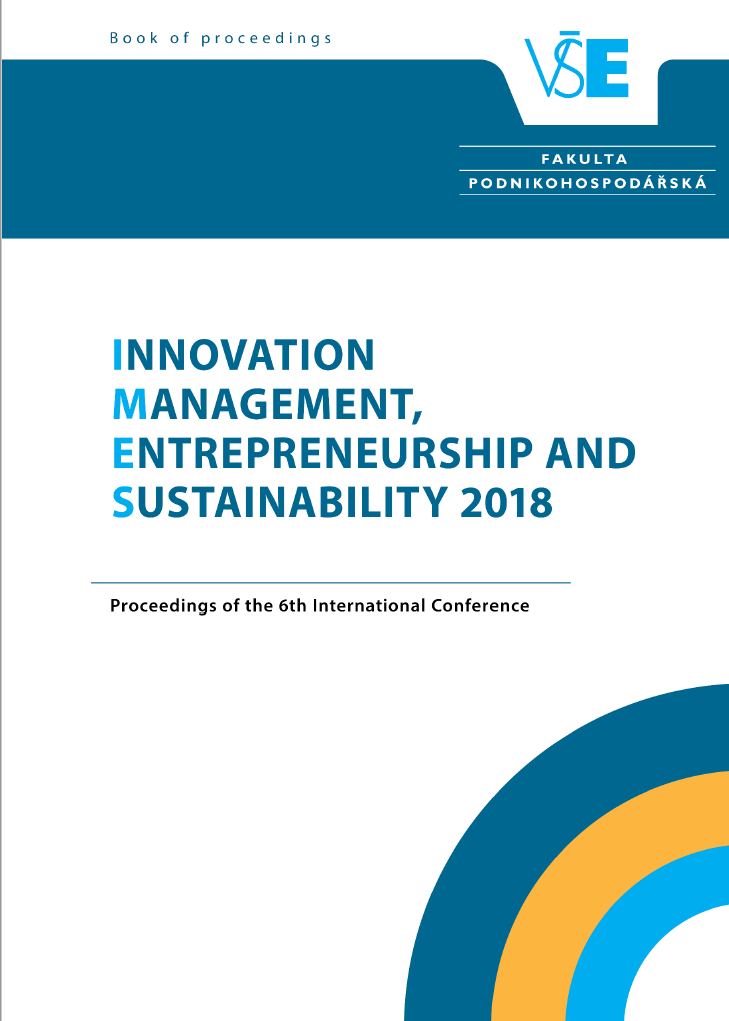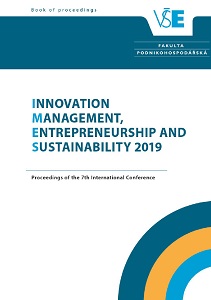
Start-Ups Survival in a Transition Economy
Purpose:With an existing literature widely focusing on market economies, still little is known what determines start-ups survival in a transition economy. Hence, the aim of the paper is to investigate what factors appeal to new ventures survival in Poland. Design/methodology/approach:Hypotheses development was based on the literature review. Survival rates of Polish three-and five-year old start-ups were considered for periods 2008-2015, and 2009-2015 respectively. The Ordinary Least Squared regressions with robust standard errors were used for hypotheses testing. F-test was employed to examine the statistical significance of the results. To control for the autocorrelation, Durbin-Watson test was used. Findings:The main finding is that survival rates of three-and five-year old start-ups in Poland are determined relevantly by R&D intensity. However, with regard to economic activity of these start-ups, this influence is divergent. Evidence has been provided that R&D enhances survival of new ventures in the servicesector, whereas in the industry sector, together with R&D intensity survival rates decline. Research/practical implications: By emphasising that R&D intensity does matter significantly for start-ups survival in a transition economy, the findings may attract attention of policymakers. R&D intensity, being beneficial to survival rates in the service sector, need to be taken into consideration while establishing policy supporting new ventures growth. Originality/value:While the link between firms age, size, industry entry rate, scale economies, R&D intensity, and survival rates has been increasingly studied for developed countries, the factors determining new ventures performance in transition economies are still not entirely recognised. This paper extends the previous research by focusing on survival dimensions of start-ups in an economy which faces transition to a market economy.
More...
